
In the year 1850 Ireland had been ravaged by the potato famine, which destroyed the main food of the Irish people. It is estimated that a million Irish people died of hunger. Millions more emigrated to the US and elsewhere. By 1850 the population of Ireland was decimated and the remaining Irish people were desperately poor. What clothing they had was frequently in rags. Before the famine, though, the Irish had a national costume similar to, but distinct from, that of Great Britain.
Men's Clothing
Rural Irish men of the early 19th century wore an ensemble not that different from that of their working-class contemporaries in England, Wales, and Scotland. They wore fairly tight knee breeches, a linen shirt, knitted wool stockings, and heavy shoes. Irish men in the 19th century favored a tall top hat made of felt. Also, in that era, men began wearing top coats like today's sports coat, only with a swallowtail shape in the back.
Women's Clothing
Rural women's clothing consisted of a linen undergarment or chemise that was basically a long shirt, topped by a woolen skirt or dress. Over the skirt women frequently wore an apron. The chemise was often low-cut at the neck and a kerchief was sometimes tucked into the blouse top. Sometimes a tightly-laced bodice covered the chemise also. Many Irish women did not wear shoes at all but if they did the shoes were brogues, similar to those of the men, worn with woolen stockings. Women often wore linen headscarves or kerchiefs on their heads. In cold weather, they favored the ancient Irish hooded cloak, made of heavy wool. In the 19th century, shawls were also very popular to wear around the shoulders or over the head.
Children's Clothing
Irish children in the mid-19th century dressed much like English children. It may seem strange to contemporary parents but dresses were not thought of as girls' clothes; rather they were children's clothes. Boys in the 19th century were kept in dresses until they were five or six years old but were sometimes kept in dresses until they were 12 or 13 because of a superstition that it was necessary to hide them from the fairies, who might wish to kidnap them. The flowing, Empire-style dresses of the early 19th century had been replaced with more fitted dresses with fairly tight waists. Infants were dressed in long dresses, and toddlers wore shorter ones. At some point in his life, a young boy would switch to trousers; this momentous event was called "breeching." Girls wore dresses, too, of course, and the length of the skirt changed as a girl grew older: a young girl might wear a dress right below the knee, but an older girl's skirt fell to the top of her shoes.
The Anglo-Irish
In the 19th century Ireland was dominated by England, and the wealthy, powerful class was made up of the Anglo-Irish, English people who had settled in Ireland and appropriated most of the land. These upper-class people dressed like upper-class English and indeed like wealthy Americans of the time. Ladies' costumes were quite elaborate, with stiff petticoats and corsets over a chemise and pantaloons, topped with a dress. Gloves and bonnets were worn when going out. By 1850, upper-class Anglo-Irish men were dressed like their European counterparts, in black suits not unlike modern business attire, but with a top hat.
Related Articles
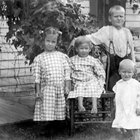
Children's Clothes in 1915

What Do Women Pirates Wear?
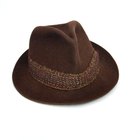
1950s Gangster Clothes

Children's Shoes in the 1950s

Men's Clothes & Styles in the 1920s & ...
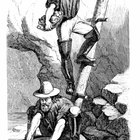
Clothing of the Gold Miners in the 1850s

What Kinds of Clothes Do They Wear in ...
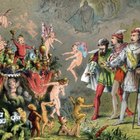
What Did Men Wear During the ...

School Uniforms in the 1940s
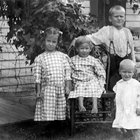
Children's Clothing From the 1920s

What Did Teenagers Wear in the '60s?

Fashion for Teen Men of the '90s

How Did Teenagers Dress in the '60s & ...

School Clothes in the 1900s
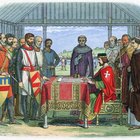
Kids' Clothing During the Medieval ...

1950s Clothes for Children

Facts on Traditional Irish Clothes
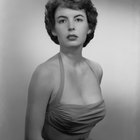
1950s Women's Fashion & Hairstyles
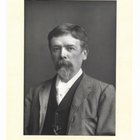
Men's Fashion in the 1890s

What Did Men Wear in the '50s?
References
Writer Bio
Shannon Stoney holds a B.A. in English and comparative literature from Princeton University, as well as an M.F.A. in visual art from the Maine College of Art. She has been a fiber artist since 1985 and a fine artist since 1998. Stoney is also a writer and editor, with work published in magazines such as "Cite," "Spin-Off" and "Permaculture Activist."
Photo Credits
Ablestock.com/AbleStock.com/Getty Images